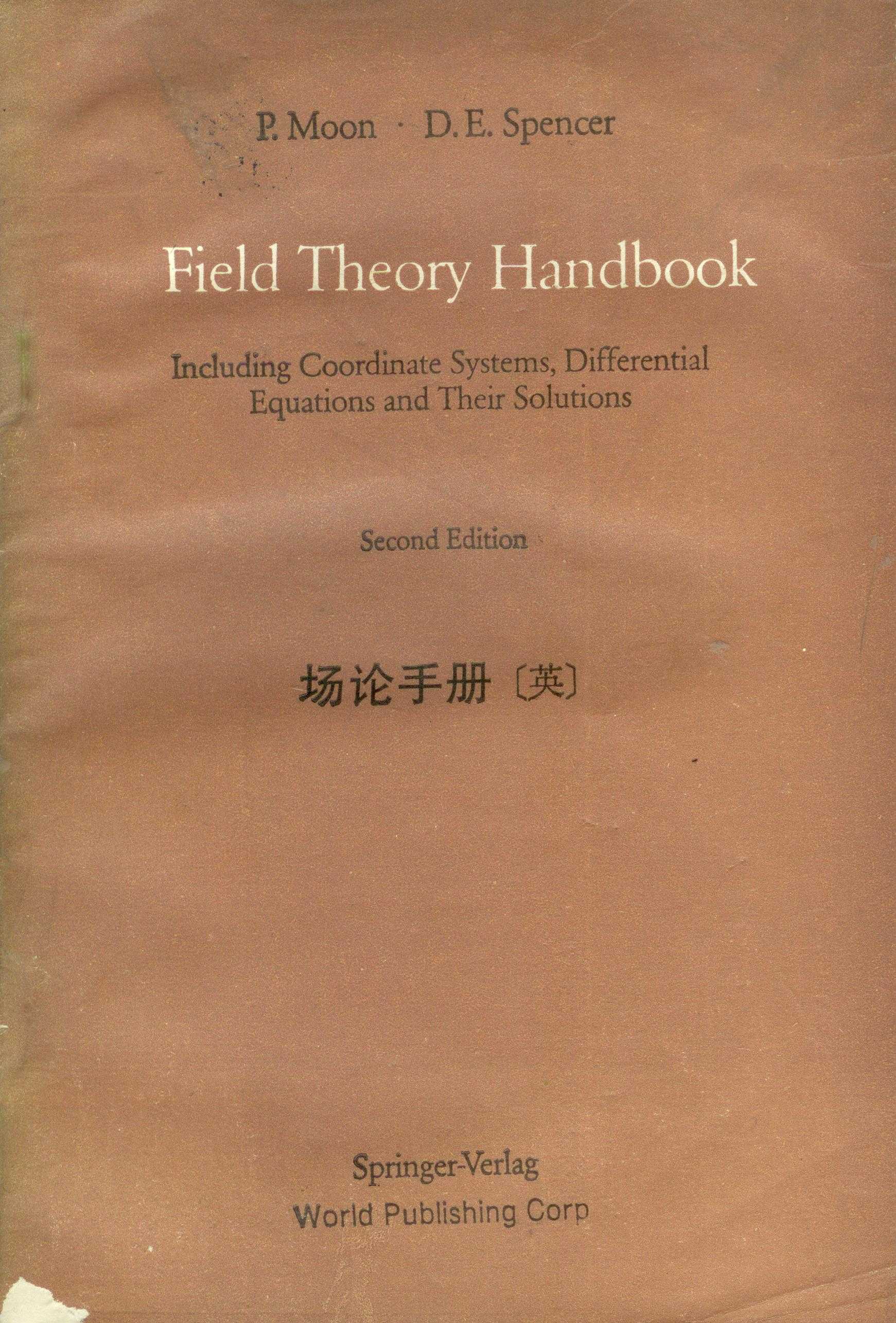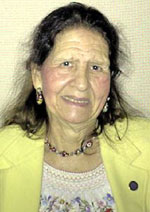This classic handbook has assisted physicists and engineers with the mathematics of coordinate transformations for nearly half a century. Written at the height of their productivity in 1961, Moon & Spencer\'s handbooks remain indispensible.
\"Let us first state exactly what this book is and what it is not. It is a compendium of equations for the physicist and the engineer working with electrostatics, magnetostatics, electric currents, electromagnetic fields, heat flow, gravitation, diffusion, optics, or acoustics. It tabulates the properties of 40 coordinate systems, states the Laplace and Helmholtz equations in each coordinate system, and gioves the separation equations and their solutions. But it is not a textbook and it does not cover relativistic and quantum phenomena.
\"The history of classical physics may be regarded as an interplay between two ideas, the concept of action-at-a-distance and the concept of a field...
\"In most cases, the field approach has shown itself to be the more powerful. A partial differential equation is solved, and boundary conditions are fitted to give a unique solution of the problem. The partial differential equations of classical physics, considered in this book, are the Laplace equation, Poisson equation, diffusion equation, scalar wave equation, and vector wave equation. Several methods of handling these equations are possible, but separation of variables is generally the most valuable. The procedure is as follows:
- Transform the partial differential equation into the coordinate system that fits the geometry of the problem.
- Separate this equation into three ordinary differential equations.
- Obtain solutions of these ordinary differential equations.
- Build up the unique solution that fits the boundary conditions, using as building blocks the particular solutions obtained in (3)
... Most of the labor, however, occurs in the first three steps; and these parts of the solution can be completed, once for all, and the results tabulated. This is the purpose of the Handbook - to remove the drudgery from the field solutions so that the scientists can concentrate on (4), the unique and imporatnt part of the work. No such tables have been available previously...\" - From the Preface




